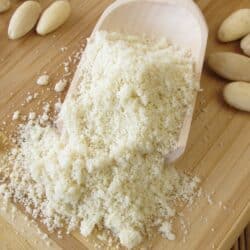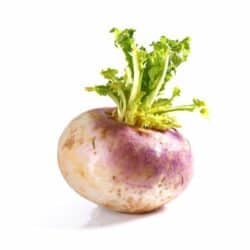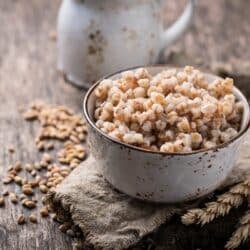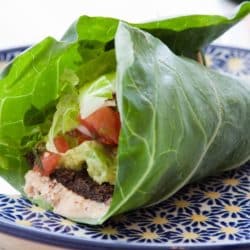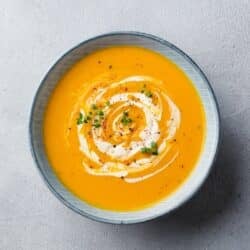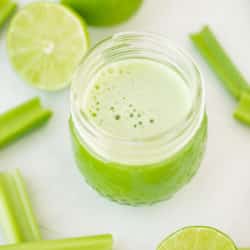5 Best Substitutes for Green Peas in Cooking
If you need green peas in a recipe, but don’t have any on hand, you’re in luck! There are many great substitutes that can give your food that same delicious flavor, nutrition, and texture. Here are some of the best substitutes for green peas including edamame, lima beans, chickpeas, cannellini beans, and corn kernels.

Overview of Green Peas
Part of the legume family, green peas have a vibrant color and deliciously sweet flavor that makes them popular worldwide.
Garden peas are the variety with which we are most familiar. They can be cooked and served with a main meal, briefly blanched for use in salads, or eaten raw – straight from their pods.
Petit pois are the smaller siblings of garden peas and are even sweeter in flavor. They are harvested while still young and have a delicate texture that’s perfect for fine dining dishes and risotto.
Although peas are in season in the spring and early summer, frozen green peas are available all year round.
Because they are frozen right after harvesting, they retain all of their nutrients and flavor. In fact, frozen peas are superior in taste to fresh peas harvested a few days previously!
In addition to all their other benefits, green peas are considered a sustainable vegetable protein crop. They are high in nutrients – making them a healthy option – but they are good for the environment, too.
That’s because peas capture nitrogen from the air as they grow and then “fix” a proportion of it into the soil, helping to keep it fertile for future crops.
Nutrients in Green Peas
Green peas are super nutritious and low in calories, containing just 118 calories per cup.
They are an excellent source of plant-based protein, offering a whopping 8.6 grams per cup. This makes them ideal for anyone following a vegan or vegetarian diet.
Green peas are a fantastic source of fiber, too, plus they contain antioxidants like flavonoids, carotenoids, and polyphenols.
They’re also packed with vitamins and minerals, including Vitamin C, Vitamin K, and several B vitamins, plus iron, magnesium, and zinc.
Health Benefits of Green Peas
The wide array of nutrients in green peas translates to some excellent benefits for your health.
Their fiber content is good for your heart – reducing your cholesterol levels and lowering the risk of heart disease – and it’s great for your digestive health, too.
It helps the good bacteria in your gut to flourish and promotes regular bowel movements, preventing constipation.
The fiber in peas also helps control your blood sugar levels. It does this by slowing down the rate at which sugar is absorbed into your bloodstream, preventing spikes… and the crashes that follow them!
The vitamins and minerals in peas help support your immune system and protect you from infections, and peas also have powerful anti-inflammatory properties.
While inflammation is part of the body’s natural immune response, long-term (chronic) inflammation is harmful and associated with many diseases. Eating peas is a great way to reduce inflammation and the symptoms of inflammatory conditions.
Finally, peas are good for your waistline! The fiber and protein they contain leave you feeling satisfied after eating them, so you’re less likely to snack on unhealthy foods between meals.
Cooking With Green Peas
Green peas may be one of the most versatile veggies out there and are popular in many cuisines!
In the West, they are used in everything from soup and pasta to fresh green salads. They are a favorite side dish, especially when served with a little fresh mint!
In Indian cuisine, you’ll find peas in curries, samosas, and the one-pot rice dish pulao. They also feature in tasty dishes like matar paneer (a Punjabi dish consisting of peas and paneer in a tomato-based sauce) and aloo matar (potatoes and peas in a creamy, slightly spicy tomato-based gravy).
Peas are popular in rice dishes and stews in the Middle East – especially when combined with lamb and spices – and often appear in dishes like fried rice and noodles in Asian cuisine.
Best Green Pea Substitutes
If you’re about to prepare a recipe calling for peas but have none to hand, you’ll be pleased to hear there are several good alternatives you can try.
Let’s take a look at each and how they compare in terms of nutritional value, flavor profile, similar texture, and essential minerals.
1. Edamame
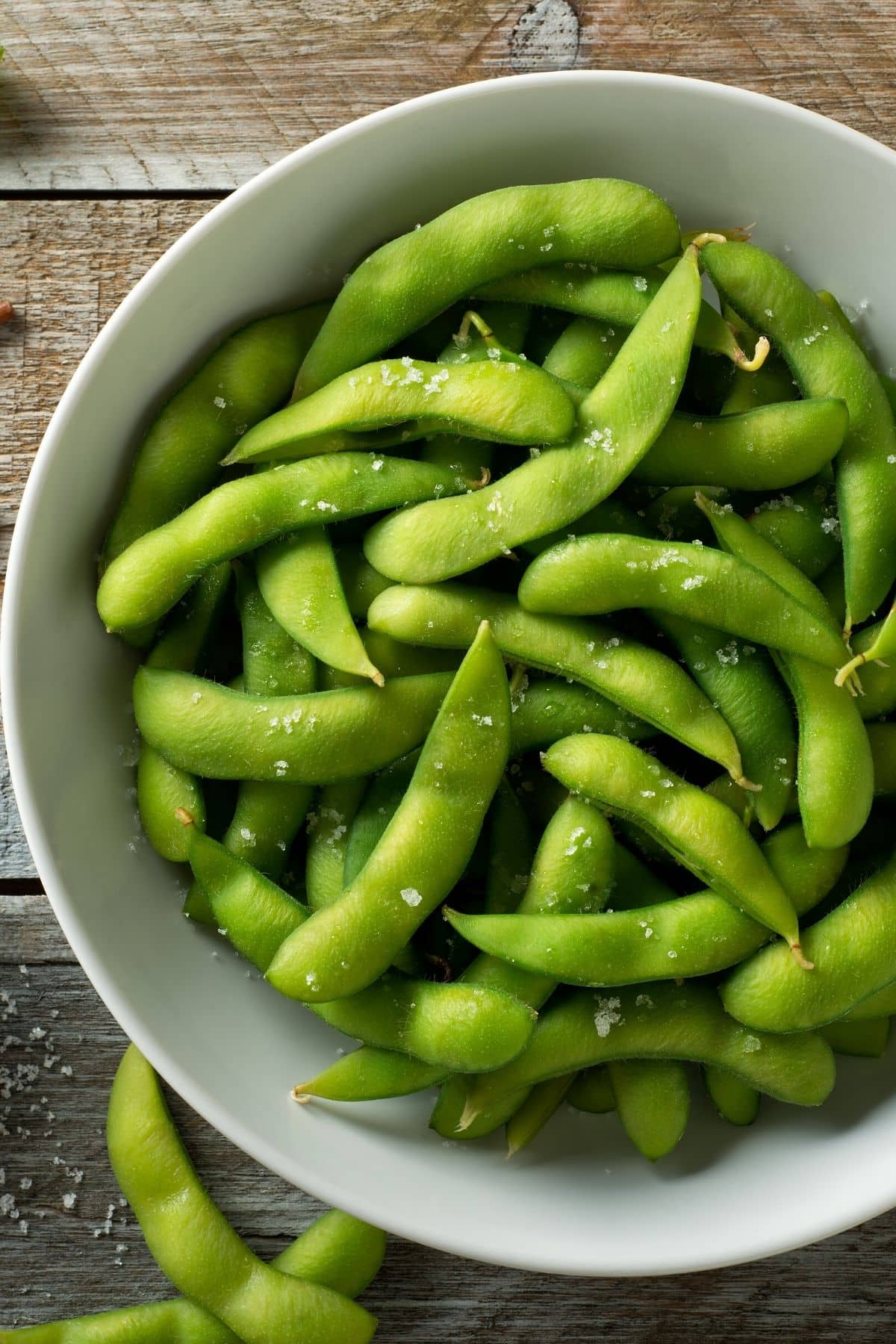
They may be a little sweeter and nuttier tasting than green peas, but edamame beans make an excellent substitute!
A popular snack in Japanese cuisine, edamame beans are immature soybeans and – like peas – a type of legume.
They have a firmer texture than green peas so they take a little longer to cook, but they can still be ready in just 5 minutes or less.
What’s more, they’re highly nutritious! These tasty little beans contain even more protein than peas and are a great source of fiber. They also provide a range of vitamins and minerals, especially vitamin K and folate.
Just one cup provides nearly half your recommended daily value for vitamin K and your entire daily value for folate! In addition to being a good source of protein, edamame also contains all of the essential amino acids.
Studies, meanwhile, have shown that the isoflavones in edamame can reduce the risk of osteoporosis in women.
To substitute one cup of frozen or fresh green peas, use one cup of shelled edamame.
2. Lima Beans

Also known as butter beans – perhaps because of their wonderful buttery texture – lima beans make a tasty and nutritious substitute for green peas in your recipes.
A good source of iron and manganese, they are higher in calories and carbs than green peas (making them very satisfying) and contain a similar amount of fiber.
They also help keep your blood sugar levels steady, making them ideal for people with blood sugar issues including diabetes.
Lima beans are very creamy when cooked, so they are particularly good for soups, dips, and purees.
Just remember that their cooking time is quite a bit longer than peas – around 10 to 15 minutes for fresh lima beans. If you choose dried lima beans you’ll need to soak them overnight, then cook them for around an hour.
To substitute one cup of frozen green peas, use one cup of cooked lima beans.
3. Chickpeas (Garbanzo Beans)
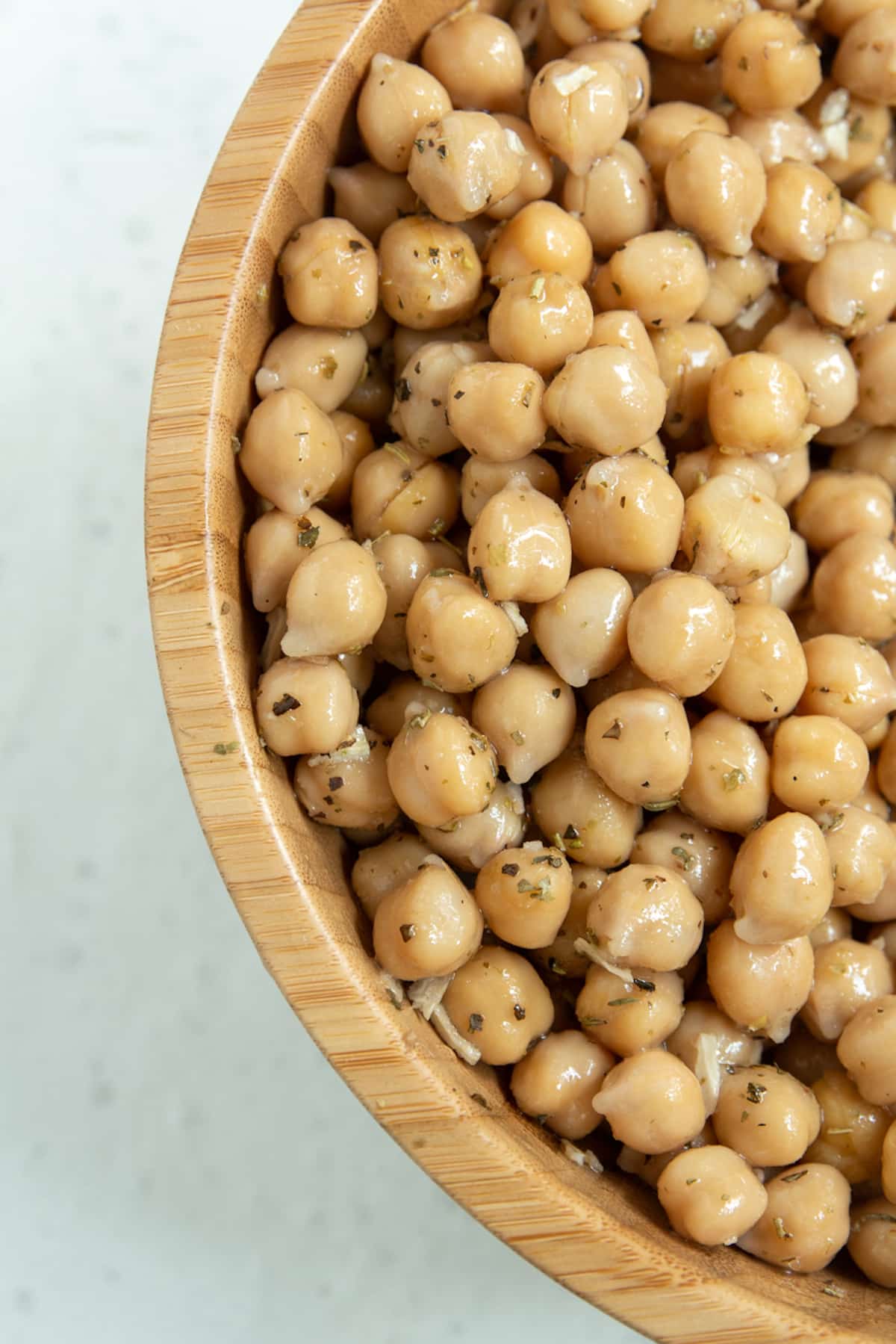
If you’re looking for a convenient substitute for green peas, reach for a can of chickpeas – they are cooked and ready to eat!
They differ quite a bit from regular garden peas – the texture is grainier and the taste is nuttier, while their firmness means they hold their shape well.
But chickpeas still work very well in pea recipes and bring lots of nutrients to dishes. They are high in protein and fiber, and a good source of iron and phosphate. They also contain some beta-carotene, which our bodies convert to vitamin A.
While you can add canned chickpeas directly to dishes, dried ones take a bit of preparation – just soak them overnight and then cook them for 1 to 2 hours until tender. They make a great substitute for peas, although they are not green in color.
To substitute one cup of frozen green peas, use one cup of cooked or canned chickpeas.
4. Cannellini Beans
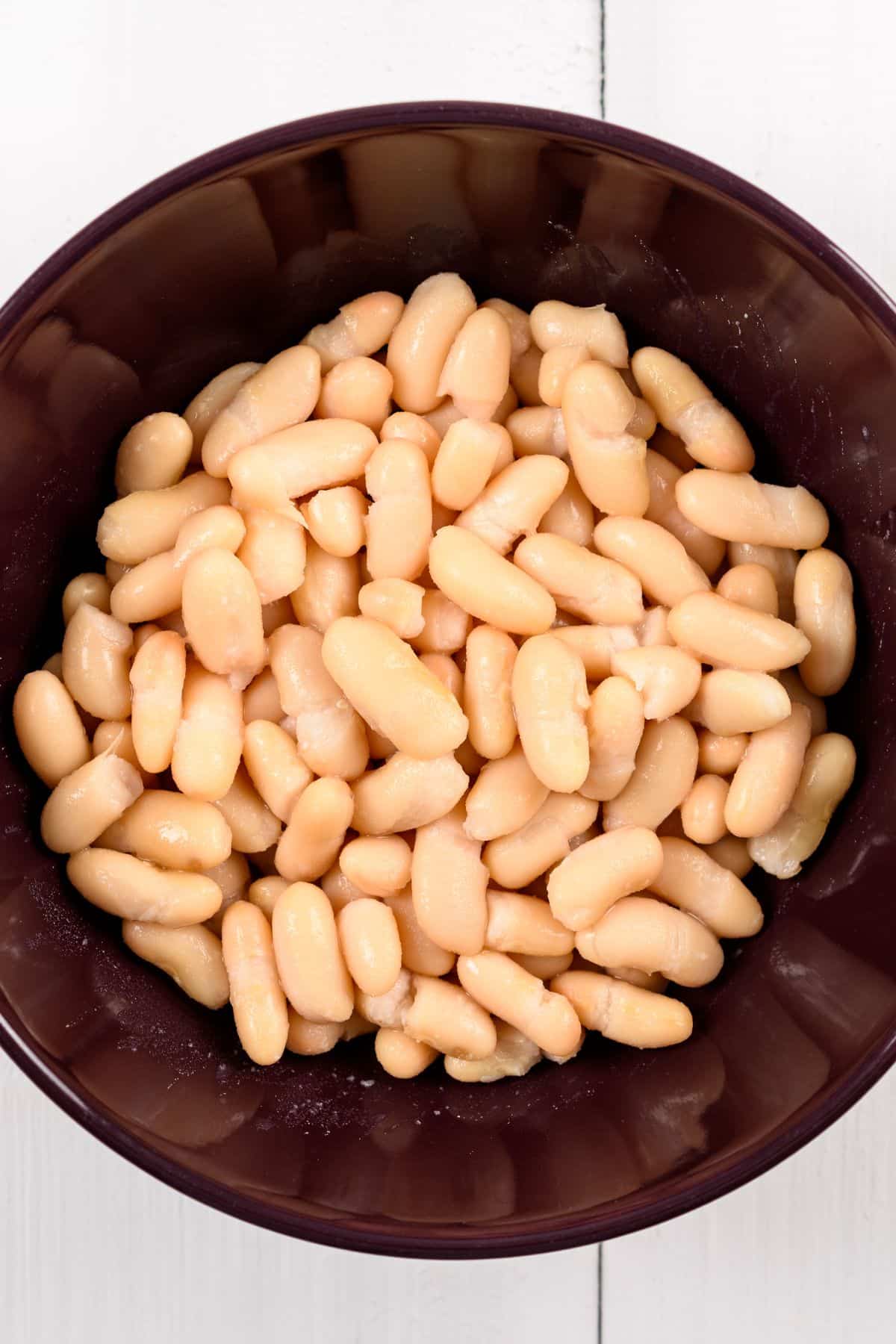
Popular in Italian cuisine, cannellini beans make a great alternative to green peas in soups and stews. They are also easy to puree to a smooth, creamy texture, making them ideal for dips or thickening sauces.
They have a very mild taste compared to peas but are comparable in terms of nutrition, providing lots of protein, fiber, iron, and magnesium.
Canned beans are cooked and ready to use in your recipes, but you’ll need to soak dried beans overnight and cook them for an hour before adding them to dishes. They have a mild flavor and an almost sweet taste. This makes them a great option to green peas.
To substitute one cup of frozen green peas, use one cup of cooked cannellini beans.
5. Corn Kernels

They may not taste the same, but corn kernels add a lovely pop of color to your dishes and are a definite favorite with kids!
They are sweeter and crunchier than green peas – making them ideal for salads – but they also work very well in everything from soups to casseroles.
High in fiber, corn kernels contain plenty of vitamins and minerals, too – especially B vitamins – but are lower in protein than peas.
Maybe one of the best things about using corn kernels as a substitute for green peas is their convenience – canned or frozen corn is fully cooked! All you need to do is heat it through and it’s ready to eat.
Using corn instead of peas is also a good idea if you can’t eat beans or legumes.
To substitute one cup of frozen green peas, use one cup of corn kernels.
Bonus Substitutes
Depending on the dish you are making, there are other creative alternatives to using fresh green peas including black-eyed peas, green beans, white beans, fava beans, navy beans, field peas, sweet peas, pinto beans, green split peas, kidney beans, yellow split peas, snow peas, or even red lentils.
It really just depends on closely you want your recipe to resemble the original version. Most legumes will be a good alternative to peas in your favorite recipes, and most of these can easily be found at grocery stores or online.
Don’t Miss These Articles on Substituting Ingredients
Conclusions
If you need a substitute for green peas in your recipes, it’s good to know that so many nutritious alternatives are available! The different tastes and textures these ingredients bring to your dishes may even persuade you to make them a regular part of your recipes in the future.
Don’t forget to join my newsletter list to get exclusive clean eating recipes and tips. The newsletter is 100% free with no spam; unsubscribe anytime.
About the Author: Carrie Forrest has a master’s degree in public health with a specialty in nutrition. She is a top wellness and food blogger with over 5 million annual visitors to her site. Carrie has an incredible story of recovery from chronic illness and is passionate about helping other women transform their health. Send Carrie a message through her contact form.



